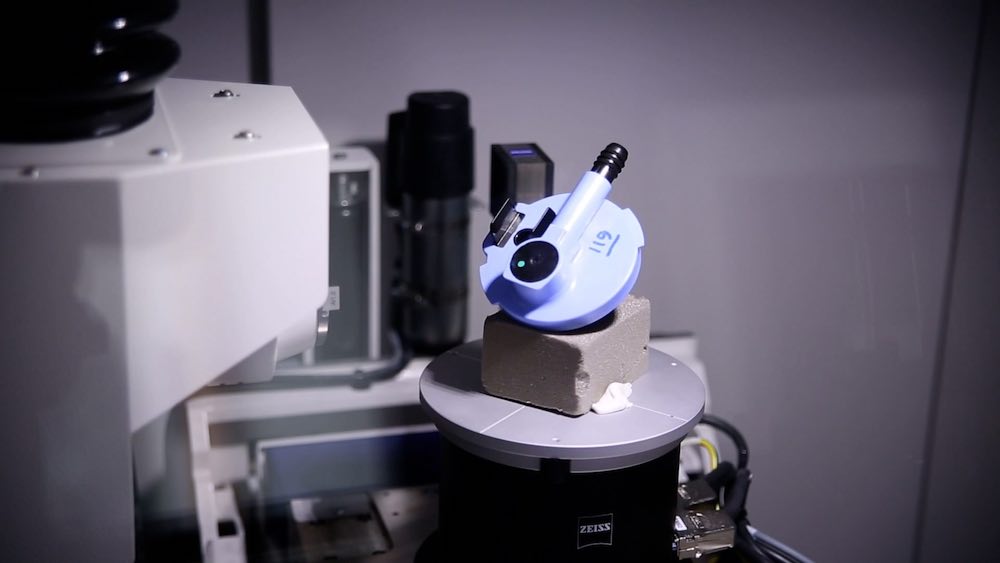
In the realm of modern manufacturing, precision and accuracy are paramount. This is where dimensional inspection steps in as a critical process, ensuring that parts and components meet stringent specifications and tolerances. Dimensional inspection encompasses a variety of techniques and tools used to measure the physical size and geometry of objects, ensuring they align with design specifications. Among the cutting-edge technologies revolutionizing this field is the industrial CT scan, which offers unparalleled insight and accuracy.
Understanding Dimensional Inspection
Dimensional inspection is the process of measuring the dimensions of an object to ensure that it conforms to the required specifications. This can include measuring length, width, height, diameter, and other geometric features. The purpose is to detect any deviations from the specified dimensions, which could affect the functionality, performance, or safety of the final product.
Traditional dimensional inspection methods include the use of calipers, micrometers, gauges, and coordinate measuring machines (CMMs). These tools have been the backbone of quality control in manufacturing for decades. However, as the demand for higher precision and more complex geometries has increased, so too has the need for more advanced inspection techniques.
Industrial CT Scan: A Revolutionary Tool in Dimensional Inspection
One of the most significant advancements in dimensional inspection is the use of industrial CT scans. Computed Tomography (CT) scanning, originally developed for medical imaging, has found a powerful application in industrial settings. Industrial CT scanning allows for non-destructive testing and inspection of components, providing detailed internal and external measurements without damaging the part.
An industrial CT scan works by taking a series of X-ray images from different angles around the object. These images are then processed by a computer to create a three-dimensional model of the object. This model can be analyzed to measure dimensions, detect internal defects, and compare the actual object to the original design specifications.
Benefits of Industrial CT Scanning in Dimensional Inspection
Non-Destructive Testing
One of the primary advantages of using an industrial CT scan for dimensional inspection is its non-destructive nature. Traditional inspection methods often require disassembling or even destroying a part to inspect its internal features. In contrast, a CT scan can reveal internal structures and dimensions without causing any damage, allowing for the inspection of valuable or irreplaceable components.
Comprehensive Data Collection
Industrial CT scanning provides a comprehensive set of data that includes both external and internal measurements. This is particularly beneficial for complex parts with intricate internal geometries that are difficult or impossible to measure with traditional tools. The ability to inspect internal features such as cavities, welds, and assemblies makes CT scanning an invaluable tool in industries like aerospace, automotive, and medical devices.
High Accuracy and Precision
The accuracy and precision of industrial CT scans are unparalleled. Modern CT scanners can achieve sub-micron resolution, allowing for the detection of even the smallest deviations from design specifications. This level of precision is critical in industries where even minor dimensional errors can lead to significant issues in performance or safety.
Time and Cost Efficiency
While the initial investment in industrial CT scanning equipment can be substantial, the long-term benefits often outweigh the costs. CT scanning can significantly reduce the time required for dimensional inspection, especially for complex parts. This increased efficiency can lead to cost savings in the production process, as well as faster time-to-market for new products.
Metrology Services: Enhancing Dimensional Inspection
To fully leverage the capabilities of industrial CT scans and other advanced inspection techniques, many companies turn to professional metrology services. Metrology, the science of measurement, plays a crucial role in ensuring the accuracy and reliability of dimensional inspection processes.
Calibration and Verification
Metrology services often include the calibration and verification of inspection equipment. Regular calibration ensures that tools and machines used in dimensional inspection maintain their accuracy over time. This is essential for maintaining the integrity of the inspection process and ensuring consistent quality in manufactured parts.
Training and Support
Professional metrology services also provide training and support to ensure that personnel are proficient in using advanced inspection tools like industrial CT scanners. Proper training is essential to fully utilize the capabilities of these tools and to interpret the data they produce accurately.
Customized Solutions
Every manufacturing environment is unique, and metrology services can offer customized solutions tailored to specific needs. This might include developing specialized inspection protocols, creating custom fixtures for holding parts during inspection, or integrating advanced inspection techniques into existing quality control processes.
Applications of Dimensional Inspection and Industrial CT Scanning
The applications of dimensional inspection and industrial CT scanning are vast and varied, spanning multiple industries. Here are a few examples:
Aerospace
In the aerospace industry, precision is critical. Dimensional inspection ensures that aircraft components meet exacting standards, which is vital for safety and performance. Industrial CT scanning allows for the inspection of complex assemblies and internal structures, ensuring that no defects are present that could compromise safety.
Automotive
The automotive industry relies on dimensional inspection to ensure that parts fit together correctly and function as intended. Industrial CT scanning is used to inspect engine components, transmission systems, and other critical parts, providing a detailed analysis of internal features and detecting any potential issues.
Medical Devices
Medical devices often have intricate designs and stringent quality requirements. Dimensional inspection and industrial CT scanning are used to verify that these devices meet the necessary standards and are free from defects that could affect their performance or safety.
Electronics
In the electronics industry, dimensional inspection ensures that components such as circuit boards and connectors meet precise specifications. Industrial CT scanning can inspect the internal structures of electronic components, identifying any manufacturing defects that could affect their functionality.
Conclusion
Dimensional inspection is a cornerstone of quality control in modern manufacturing, ensuring that parts and components meet the required specifications. The advent of industrial CT scanning has revolutionized this field, offering non-destructive testing and unprecedented accuracy and precision. By partnering with professional metrology services, companies can enhance their dimensional inspection processes, ensuring the highest levels of quality and reliability in their products. As technology continues to advance, the role of dimensional inspection and industrial CT scanning will only become more critical in maintaining the standards of modern manufacturing.



